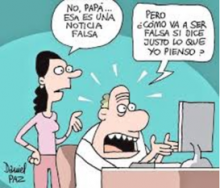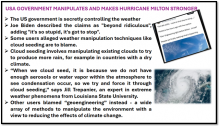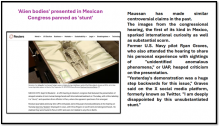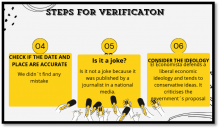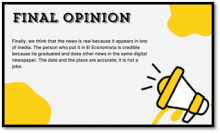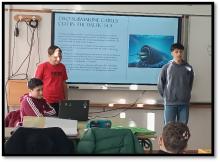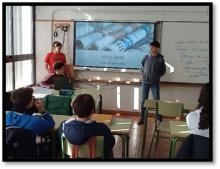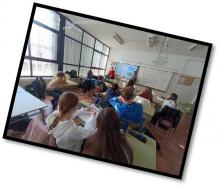VERIFYING NEWS
At IES Bernardo de Balbuena in Valdepeñas, with the bilingual 3rd CSE groups, we have carried out a learning situation in which students have become a news verification team in a media outlet.
They were responsible for filtering the countless news articles that appear on social media to verify those that their media outlet will publish. Their role was crucial, as the prestige and credibility of the media were at stake.
With this activity, we aim to provide students with a series of steps to help them learn how to verify a news story that has caught their attention or directly affects them before forming an opinion based on it without verifying its accuracy. This way, their opinions will be their own and based on real data, rather than being intentionally manipulated by fake news that are difficult to identify.
LEARNING PROCESS
Students were provided with several interesting or curious news stories, along with a brief description of their origin and the media or social network that published them.
A series of simple steps were provided to verify the given news articles:
1. STUDY THE SOURCE: Research the website, media outlet, channel, newspaper.
2. READ BEYOND: A headline grabs attention, but what's the full story?
3. Who IS THE AUTHOR? Is it reliable? Is it real?
4. Does IT APPEAR IN MORE SOURCES? Have more media outlets picked up the story?
5. CHECK IF THE DATE AND PLACE ARE ACCURATE, especially in videos or pictures.
6. IS IT A JOKE?
7. CONSIDER THE IDEOLOGY OR POSSIBLE INTENTIONS OF THE PUBLICATION.
8. GO TO FACT-CHECKING SITES SUCH AS BBC VERIFY OR NEWTRAL.
After analyzing these news stories to practice with the established steps, each verification group had to select and apply this analysis to another news story that caught their attention. The goal was not to find fake news, but to verify the ones that interested them, no matter what the outcome of the investigation would be.
On the right, there are some examples of the news stories they selected.
The news they selected, along with the verification process they carried out, was presented in class. It was a very interesting process that raised questions and sparked important debates, especially about the possible interests behind each false or manipulated news story.


